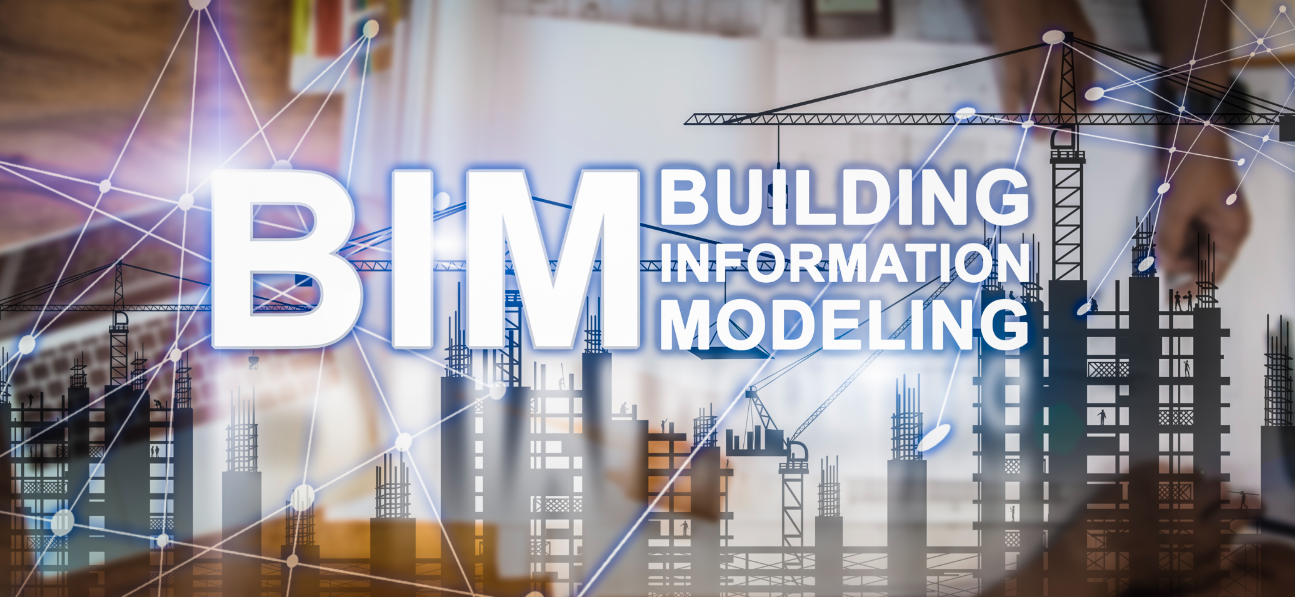How Architects Can Boost Career Development and Escape Stagnation 2025

Table of Contents
Understanding the Role of an Architect and Key Responsibilities
Architects form the backbone of the construction process. But still there seems to be a deficit in understanding the role of an architect.
They are responsible for designing and planning buildings and other structures while at the same time making sure that they are aesthetically pleasing and sustainable.
The key responsibilities of an architect include:
- To understand the vision and requirements of the project, it is necessary to collaborate with clients.
- Designing blueprints and creating detailed drawings to understand the project needs, materials and construction methods.
- Ensuring the project meets all building codes and requirements along with overseeing the process to ensure client satisfaction and timely delivery.
What Is Career Stagnation?
Career stagnation refers to a situation in which an individual's career progress has slowed or stopped altogether, resulting in a lack of growth and development. This can manifest in various ways, such as a lack of new opportunities, a feeling of boredom or dissatisfaction with one's work, or a lack of recognition or advancement within a company. It can also be caused by a competitive job market, a limited skill set, or a lack of professional development and growth opportunities.
Signs You Are Experiencing Career Stagnation
Acknowledging that you are unhappy with your architecture career is the first step towards breaking through the inactivity circle. So, if you are experiencing unhealthy emotions at work, the signs mentioned below will help you identify career stagnation.
1. You are Not Excited at Work
If you are experiencing dullness at your work desk, there is a high chance that you are doing a mundane job. Architects are creative beings, design thinkers, and problem solvers. Therefore, any job that does not stimulate creativity pushes them towards boredom.
2. You are Performing Redundant Tasks
Irrespective of where we are located in the corporate hierarchy, every job must teach us something new. Even founders and industry leaders keep learning every day as they build their organizations. Continuous learning, especially in a dynamic field such as architecture helps professionals to be relevant and on par with industry expectations. Further, if your organization is not adopting new technologies, you will be doing a lot of monotonous tasks that can otherwise be done through efficient computational systems.
3. You are not Motivated at Work
Motivation comes from within, but it is impacted by various external factors. So, if you are not receiving new responsibilities, or, if you are not acknowledged for your contributions- chances are, that you will be less driven to perform at work.
Causes of Career Stagnation

Unlike most industries, career stagnation in architecture can be experienced right from the beginning. This is because- irrespective of being a dynamic and interdisciplinary profession, the architecture industry lacks agility.
Below, we have identified key reasons for career stagnation in architecture.
1. Sticking to Legacy Tools and Workflows
It's 2023, yet, most architecture firms use AutoCAD as their go-to software for designing and managing projects. It’s high time organizations realize that AutoCAD was a progressive tool about two decades ago and it is no longer coherent enough to manage today’s workload. With the advancements in technology, we have better processes such as BIM and computational tools that can help in the speedy and more efficient completion of projects.
2. Outdated Education Curriculum
The curriculum of architecture colleges is regressive. Whether it is about materials, design, or construction- the course textbooks teach practices that were relevant two generations ago. In the age of 3D printing, precast, and digital fabrication, architecture students are still learning about labor-intensive construction techniques. The reluctance of architecture schools to adopt innovative teaching methods has left an enormous gap in architecture careers.
3. Lack of Life-Long Education
Architecture schools do not equip students with industry knowledge. Consequently, most young designers are unfit to fulfill even the basic job requirements at the office. According to Patrik Schumacher, the principal architect of Zaha Hadid Architects, even after a 5-year education, architecture students don’t have a single design in their portfolios that meets the minimal industry standards. In spite of this, most architects are reluctant to learn and invest in their growth.
4. Low-Paying Jobs
Construction and infrastructure activities are the key contributors to the global economy. However, architects are highly underpaid in spite of overworking. This is because architecture firms use outdated tools that require employees to invest more time in completing a project. This in turn limits the number of projects a firm can take up thereby restricting the financial growth of the company.
Also Upskill in new-age courses: Master Computational Design
How to Overcome Career Stagnation?

Career stagnation in architecture can be avoided through a strategic approach to upskilling and growth. To begin with, architects must be open to exploring new ideas, systems, and workflows to create a solid foundation for their careers. Mentioned below are key ways through which architects can accelerate their career growth.
1. Seek New Work Opportunities
Expanding your skills and knowledge through new projects and experiences can help you escape career stagnation. Volunteer for taking on new challenges, such as working on a new type of building, or working with a different design approach. This can help you broaden your horizons and make you an asset to the company.
2. Network and Collaborate
Networking is essential to career growth and can help you find new opportunities and perspectives. Attend industry events, join professional organizations, and collaborate with other architects to build your network and stay connected to the industry. The more you network, the more you will be exposed to new ideas and trends.
3. Invest in Upskilling
Technology is rapidly changing the architecture industry, and staying up-to-date on new tools and software can help you remain competitive and relevant. New-age computational systems such as BIM, parametric design tools, and 3D modeling softwares are redefining the processes in the AEC industry. Enroll yourself in courses and workshops, or attend conferences to learn about new technology and advancements in the field.
4. Consider a New Role
If you have been in the same role for a while, consider exploring other work areas of the architecture industry. A new role or position can bring new challenges and opportunities to grow your skills and knowledge. Upskilling will empower you to apply for roles that are more fulfilling and well paying. For instance, you can specialize in computational design and apply for jobs in leading global architecture companies that are actively recruiting for this role.
Learn: How to Create a Great Architecture Portfolio Layout to Get Your Dream Job
Emerging Specialisation in Architecture to Look Forward to
Architecture as a field is evolving every day making it necessary to look up to improvements and evolutions in it. So here are a few:
1. Sustainable Architecture
- With the use of passive design strategies, buildings can minimise energy consumption thus contributing to the environment.
- The use of sustainable materials in construction like bamboo, and rammed earth can minimise carbon footprint and have a positive impact on the environment.
2. Biophilic Design
- The introduction of nature elements like indoor and outdoor plants along with nature-textured buildings can help create a positive impact on the residents making them feel much more connected to nature.
- Buildings that are likely to take inspiration from nature create species that are serene and peaceful. They have a harmonious relationship with the rest of the environment.
3. Smart Buildings
- Safe spaces can be created through integrated surveillance, access control, and smart networking in a building.
- With the ability to collect and analyse data, smart buildings can adjust the performance of the building based on the residents’s preferences.
4. Resilient Design
- With the climate becoming more and more unpredictable, it becomes even more important to design buildings that remain resilient to extreme weather changes like tides and earthquakes.
- Long-term urban sustainability can be ensured through resilient design and buildings including flood mitigation, green roofs, and decentralised energy systems.
5. Urban Design & Regeneration
- In today’s time interaction is more important than ever. Thus it is important to build spaces such that they enable social connections and environments like a pedestrian-friendly road and parks nearby.
- The use of distorted and abandoned spaces that can be reimagined and converted into vibrant and lively spaces.
6. Digital Fabrication & Parametric Design
- 3D printing, CNC milling, and robotic construction are some of the digital fabrication technologies that can help in rapid prototyping.
- Boundaries can be pushed with advanced and modern form creation with the help of parametric design.
In Conclusion
Upskilling can help architects in leading a fulfilled professional life. It can make them more employable, enhance their creativity, and improve job satisfaction in the long run.
Novatr is a digital education platform meant for architects, engineers, and designers, providing real-world exposure and industry-relevant skills. The major courses offered are:
BIM Professional Course: Learn about BIM theory from scratch and understand its applications in the global AEC industry. Decode how to incorporate BIM into the entire lifecycle of a project.
Computational Design Course: Discover the various fields of computational design and how to use them to design and build architectural projects. Master advanced computational tools and industry workflows.
Check them out to exponentially grow your career!

 Thanks for connecting!
Thanks for connecting!


.png)


.jpg)


